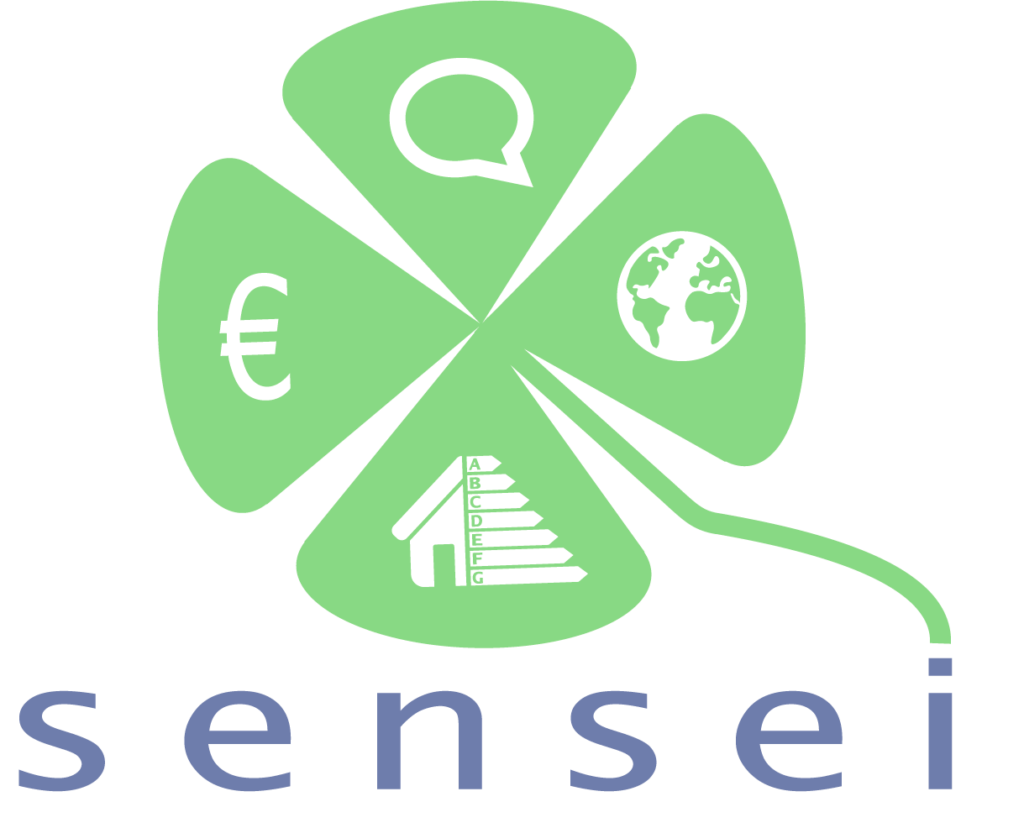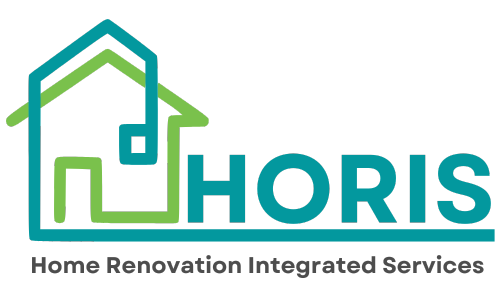Hit enter to search or ESC to closes
Energy efficiency financing
Energy efficiency financing – mobilising financing for energy efficiency investments, can be done in many ways, leveraging public or private investments through models, funding programs and more, contributing to reaching EU’s energy efficiency and climate objectives.
Creative financing mechanisms to fund energy efficiency improvements, such as EPCs or P4P, barriers to energy efficiency financing, policy measures and market-based solutions to increase the scale of energy efficiency, reducing the perceived risks for investors: find all in this section!
Publications
‘Second wave’ of DigiBUILD AI-based data-driven services for the built environment
The SENSEI Project Final Report | Advancements and lessons learned from the first Horizon 2020 project to support the introduction of energy efficiency Pay-for-Performance programmes in Europe
Keywords
Experience and lessons learned from P4P pilots for energy efficiency: new findings from H2020 SENSEI
Policy developments in EU and strategies for P4P business models
A City Capability Assessment Framework Focusing on Planning, Financing, and Implementing Sustainable Energy Projects
Tools


Enhancing at an Early Stage the Investment Value Chain of Energy Efficiency Projects
Triple-A has a very practical result-oriented approach, seeking to address this challenge, answering the following questions:
✔ How to assess the financing instruments and risks at an early stage?
✔ How to agree on the Triple-A investments, based on selected key performance indicators?
✔ How to assign the identified investment ideas with possible financing schemes?



In particular, the Triple-A scheme is introduced, for identifying “Triple-A” energy efficiency investments, aiming to reduce the respective time and effort required at the crucial phase of the investments conceptualization, as well as to increase transparency and efficiency of respective decision making. By introducing this new scheme, we seek to make energy efficiency investments more transparent, predictable and attractive for investors / financiers and project developers. In this respect, the main challenge lies in identifying which investments can be considered as Triple-A investments, fostering sustainable growth, while also having an extremely strong capacity to meet their commitments, already from the first stages of investments generation and pre-selection/ pre-evaluation.
Developed in the framework of the Triple-A project.




Triple-A Database on Energy Efficiency Financing
The Triple-A Interactive Web-based Database is a visual representation of the most important aspects in energy efficiency financing, including the risks that could endanger the successful implementation of an energy efficiency project, the strategies that could mitigate these risks, the preferences of investors on energy efficiency investments, the financial performance of energy efficiency projects, the models and instruments that are usually used to finance energy efficiency projects and the performance of case study countries in terms of Sustainable Development Goals.
The Triple-A methodology is focused on and reports information about the 8 case study countries, for which respective data have been collected, namely Bulgaria, Czech Republic, Germany, Greece, Italy, Lithuania, Spain and the Netherlands.
You can also watch the “Triple-A Tools User Manual” video presenting how to navigate the Standardised Triple-A Tools.
Developed in the framework of the Triple-A project.





Pay-For-Performance e-learning tool
Welcome to the SENSEI knowledge platform
This platform provides practical information for those interested in knowing more about the details of Pay for Performance schemes, and the SENSEI model in particular.
The content of the platform is organized so as to present what P4P means for four key stakeholder groups: Building owners, energy providers, ESCOs and policy makers. By clicking each of the four categories you can explore what P4P means for each category.
The contents are tailored to at once provide information for members of this stakeholder category to understand what P4P is for them, as it sketches the incentives for that particular group for getting involved in a P4P scheme, the requirements, responsibilities and tasks that are entailed.
But the content is also relevant for others wanting to get a fuller grasp of what P4P means in practice and what it entails for key stakeholder groups.
Developed in the Framework of the SENSEI project




Measuring retrofit performance across portfolios of buildings with eensight
A next generation energy efficiency meter named eensight was created by SENSEI. The eensight tool is based on machine learning and will contribute to the much-needed advancement of the automated measurement and verification (M&V) methods for portfolios of buildings’ energy efficiency and provide essential insights for investors, legislators, building owners and energy companies to realise their goals. eensight is essentially an automated meter for energy savings. A key ingredient for the digitalisation of the energy efficiency-related activities.
Developed by the H2020 SENSEI project.




Knowledge transfer platform - Implementing Article 7/8 of the Energy Efficiency Directive
In the ENSMOV knowledge transfer platform, best practices, guidelines, case studies, training materials and country reports from the EU and beyond are available for public authorities and other key stakeholders to support the implementation of energy efficiency policies. An online forum and a LinkedIn group offer the possibility to share ideas and have direct support by asking questions to country experts for the countries listed.
Developed by the ENSMOV project, the platform will be updated in 2023 through the ENSMOV+ project.


Related Projects

HORIS A digital OSS empowering renovating homeowners to choose the right measures, professionals and financial support mechanisms

Keywords

Triple-A Enhancing at an Early Stage the Investment Value Chain of Energy Efficiency Projects


ENERGATE Energy Efficiency Aggregation platform for Sustainable Investments


SRI2MARKET Inspiring action to roll out SRI across Europe


SENSEI Pay-for-performance to drive energy efficiency in Europe


ENSMOV Plus Evaluation, Quantification and Strengthening of the Implementation of the Policies and EM&V under Article 8 of the EED

News
Events
VAT: NL855739198B01

